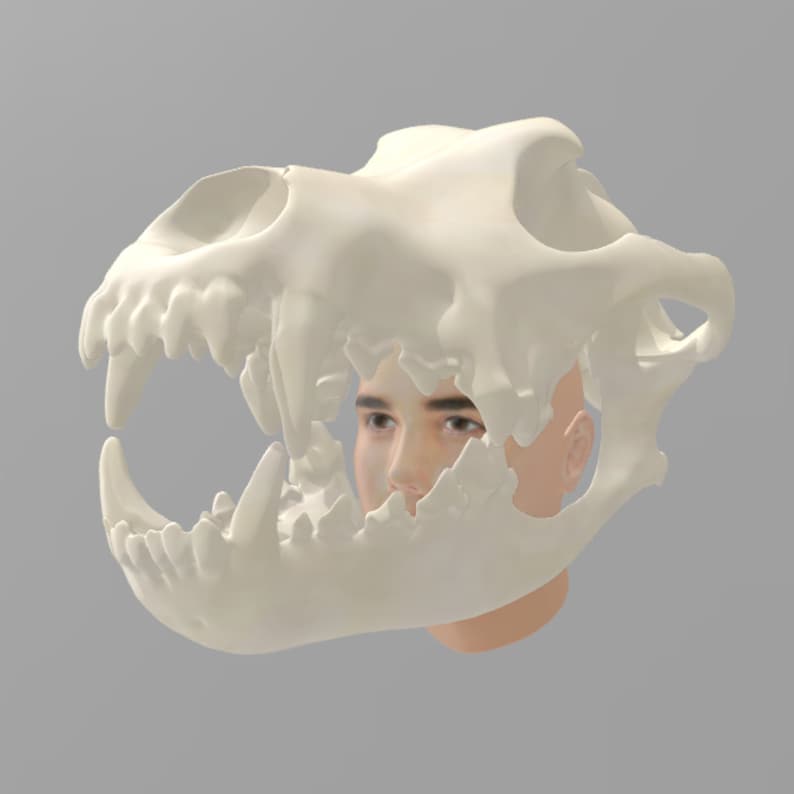

It then only took a 40 minute Skype™ session with Dr Oliver, PDR and Renishaw's Spanish representative, for the surgeon to share his design modifications. The initial designs were sent back to Dr Oliver for first review. PDR also modelled the cutting guide which would be placed on the cranium to help mark the perimeter or limit of the craniectomy and act as an aid in freehand work during surgery. PDR created a 3D virtual model of the cranial plate by mirroring the healthy side of the cranium using Geomagic® Freeform® Plus software to deliver a good aesthetic design. The hospital's CT scans were transferred from Spain to the UK, imported into MIMICS® software program at PDR's offices, and then converted into an. The 3D metal printing partner was Renishaw plc, one of the world's leading engineering and scientific technology companies with expertise in precision measurement and healthcare.

He chose to partner with UK experts in 3D design and printing who had shown repeated evidence of supporting predictable outcomes in complex facial reconstructive surgery.ĭr Oliver briefed PDR, a world-leading design consultancy and applied research centre, based in Cardiff, UK, to design both a PSI cranial plate for the cranioplasty and a custom surgical cutting guide for the craniectomy. He knew the operation should not present any challenging problems, but his priority was to ensure it gave the best results to both patient and hospital. The patient required a craniectomy to remove the growth and a cranioplasty to rebuild her skull.ĭr Oliver planned for the combined craniectomy and cranioplasty operation allowing the patient to be treated in a single procedure. The computerised tomography (CT) scan revealed the growth was expanding outwards into the skull-bone. Neurosurgeon Bartolomé Oliver, MD, PhD, practises at the Teknon Medical Center in Barcelona, Spain and has trained internationally including in Canada, USA and Sweden.Ī 68-year-old female patient presented to his department with a benign growth from the left side of her cranium, caused by a meningioma, a tumour that arises from the meninges – the membranes surrounding brain and spinal cord.


 0 kommentar(er)
0 kommentar(er)
